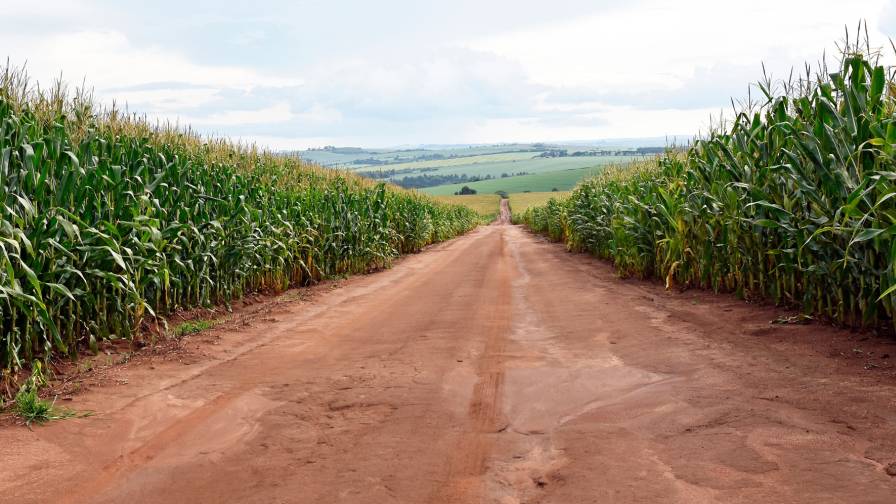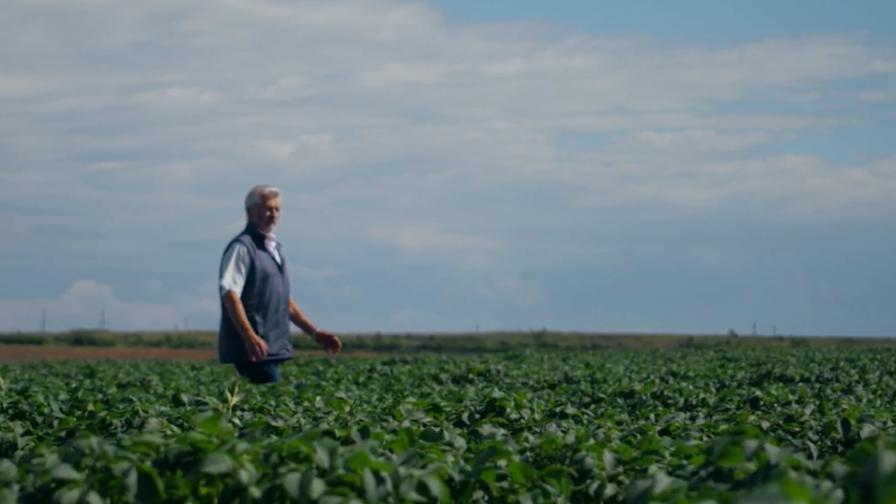U.S. EPA Proposes to Register New Herbicide Active Ingredient Glufosinate-P
Today, the U.S. Environmental Protection Agency (EPA) released for public comment its proposed registration decision for pesticide products containing the new active ingredient glufosinate-P to control weeds in non-tolerant and glufosinate-resistant corn, sweet corn, soybean, cotton, and canola. In addition to its proposed registration decision, EPA has also released its draft biological evaluation for the pesticide under the Endangered Species Act (ESA).
This action complies with EPA’s obligations under the ESA and furthers the goals outlined in EPA’s April 2022 ESA Workplan by identifying potential effects to listed species and proposing protective measures prior to new conventional active ingredient pesticide registration. EPA is proposing several mitigation measures to reduce exposure to non-target species. Those measures are expected to minimize impacts to federally endangered and threatened (listed) species and their designated critical habitats. Glufosinate-P is the fourth new conventional active ingredient EPA has proposed to register that complies with the ESA.
Background on Glufosinate-P
Glufosinate-P, an isomer of the currently registered herbicide glufosinate, is a non-selective herbicide that kills plants by causing excess ammonia build-up and directly inhibiting photosynthesis.
EPA received applications for both glufosinate-P and its ammonium salt, glufosinate-P ammonium. Glufosinate-P ammonium and glufosinate-P will generally exist in the same form in the environment and share the same herbicidal properties. Therefore, the Agency considers glufosinate-P to be the active ingredient for both forms under the proposed registration decision. EPA is proposing to register several glufosinate-P and glufosinate-P-ammonium products for manufacturing and commercial distribution.
Glufosinate-P has similar benefits and uses to the currently registered glufosinate herbicide products. These benefits include flexible application timing, which allows for postemergence weed control over the top of glufosinate-tolerant crops and for early season use in non-tolerant canola, corn, cotton, and soybean. The proposed glufosinate-P products result in less chemicals entering the environment compared to the currently registered glufosinate. Glufosinate-P only contains the herbicidally active part of glufosinate, so glufosinate-P applications require approximately half the application rate compared to glufosinate.
Results of EPA’s Risk Assessments
Before issuing this proposed registration decision, EPA evaluated the potential hazardous effects and exposures to human health and the environment, as required by the Federal Insecticide, Fungicide, and Rodenticide Act (FIFRA). Based on the Agency’s human health risk assessment, the proposed uses of glufosinate-P have no human health risks. However, EPA’s ecological draft risk assessment identified risks for terrestrial and aquatic plants and chronic risk to mammals, bees, and non-bee terrestrial invertebrates that forage in treated fields and may be exposed to residues on food items exposed to off-site spray drift.
Proposed Mitigations
EPA is proposing the following mitigation measures under FIFRA and ESA to address on- and off-field effects to non-target species, including the endangered Spring Creek bladderpod plant:
- Restricting application in Wilson County, TN between September 1st and May 1st, and when Spring Creek bladderpod is present on agricultural fields.
- Prohibiting application during rainfall and when soils are saturated or above field capacity.
- Requiring users to visit EPA’s Mitigation Menu Website before application and determine an appropriate strategy for meeting or exceeding the required number of mitigation points as specified on the menu.
- Maintaining a 50 foot in-field downwind buffer between the last spray row and the protection area for aerial application.
- Where possible, using methods that reduce soil erosion and pesticide runoff, including no till, limited till, and contour plowing; and
- Instructing users to access and follow any applicable endangered species bulletin from “Bulletins Live! Two” web-based system for all additional directions and restrictions.
With these proposed mitigations in place, EPA’s draft biological evaluation predicts that the use of glufosinate-P will not result in a likelihood of future jeopardy for the survival of any listed species, or a likelihood of adverse modification for any designated critical habitat. EPA will also consider whether the August 2024 Herbicide Strategy Framework applies to this proposed registration, before issuing any final registration.
Next Steps
After considering public comments on the proposed registration and the draft effects determinations, EPA will determine whether the registration action meets the FIFRA standard and ESA obligations. If EPA determines that the registration action can be granted, EPA will finalize the biological evaluation. If a final biological evaluation continues to find that glufosinate-P may affect any listed species or critical habitats, then EPA will initiate ESA consultation and share its findings with the U.S. Fish and Wildlife Service or the National Marine Fisheries Service (collectively referred to as the Services), as appropriate.
During any formal consultation, the Services use the information in EPA’s final biological evaluation to inform their biological opinions. While EPA has made predictions about the potential likelihood of future jeopardy/adverse modification as part of its biological evaluation, the Services are responsible for making the actual final jeopardy/adverse modification findings and have the sole authority to do so. If the Services determine in their final biological opinions that additional mitigations are necessary to address any jeopardy/adverse modification determination or to address any unintentional harm known as incidental take, then EPA will work with the registrant to ensure that any necessary registration or labeling changes are made.
To read more about the proposed registration of glufosinate-P and to comment, see docket ID EPA-HQ-OPP-2020-0250 at www.regulations.gov. The public comment period will be open for 30 days, closing on June 8, 2024.
All the supporting documents related to glufosinate-P are available in EPA-HQ-OPP-2020-0250. Please note that draft labels for BASF products are available in EPA-HQ-OPP-2020-0250 and the draft labels for MCCLS products are available in EPA-HQ-OPP-2020-0533.





